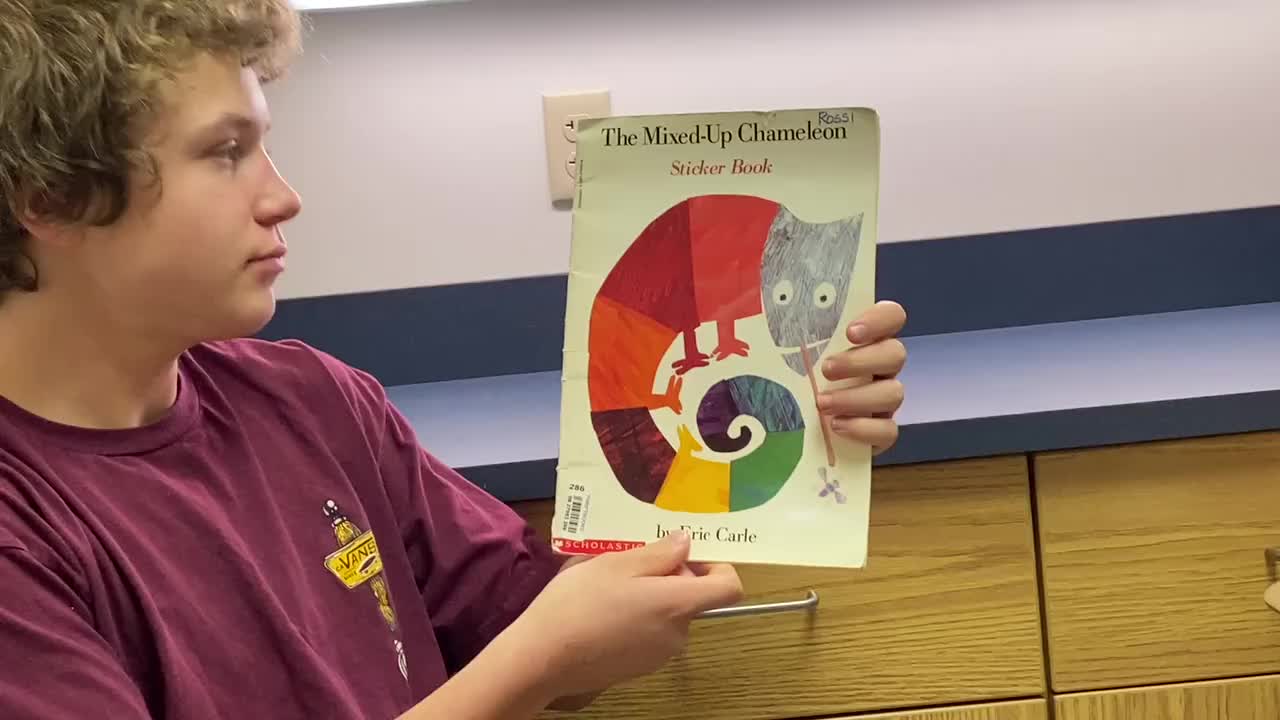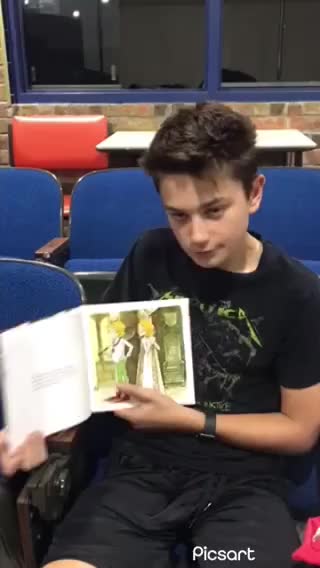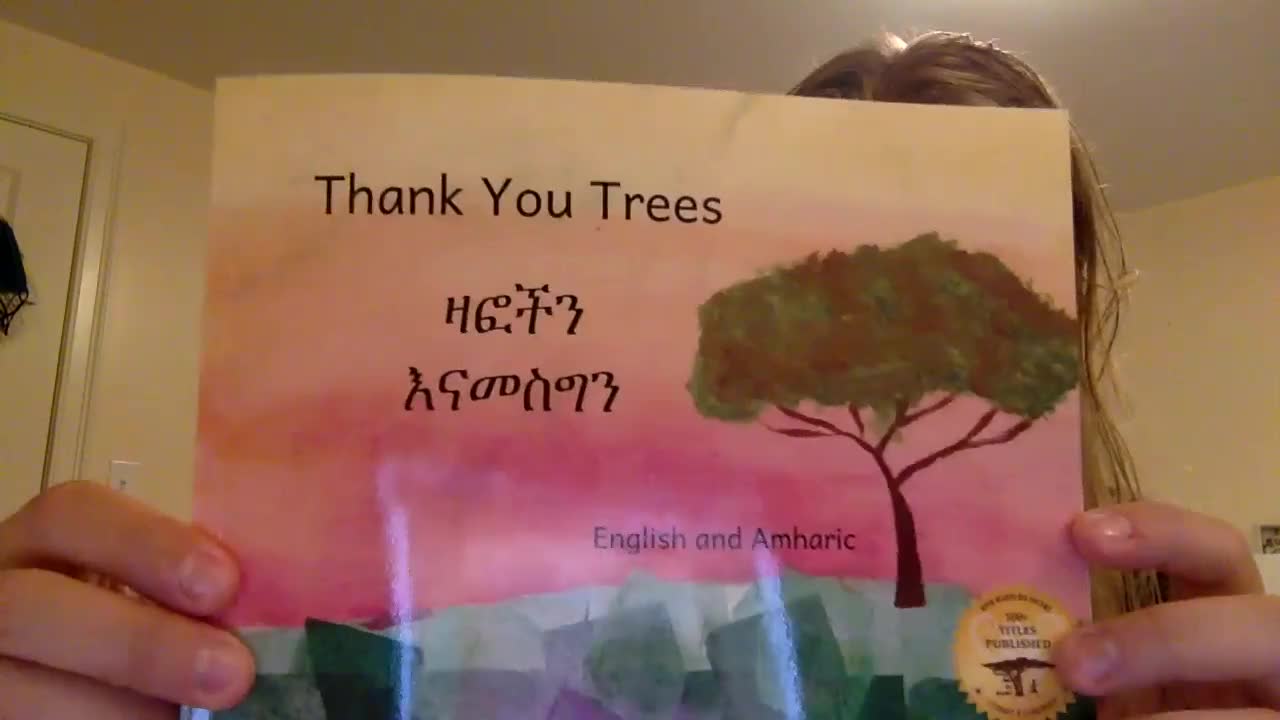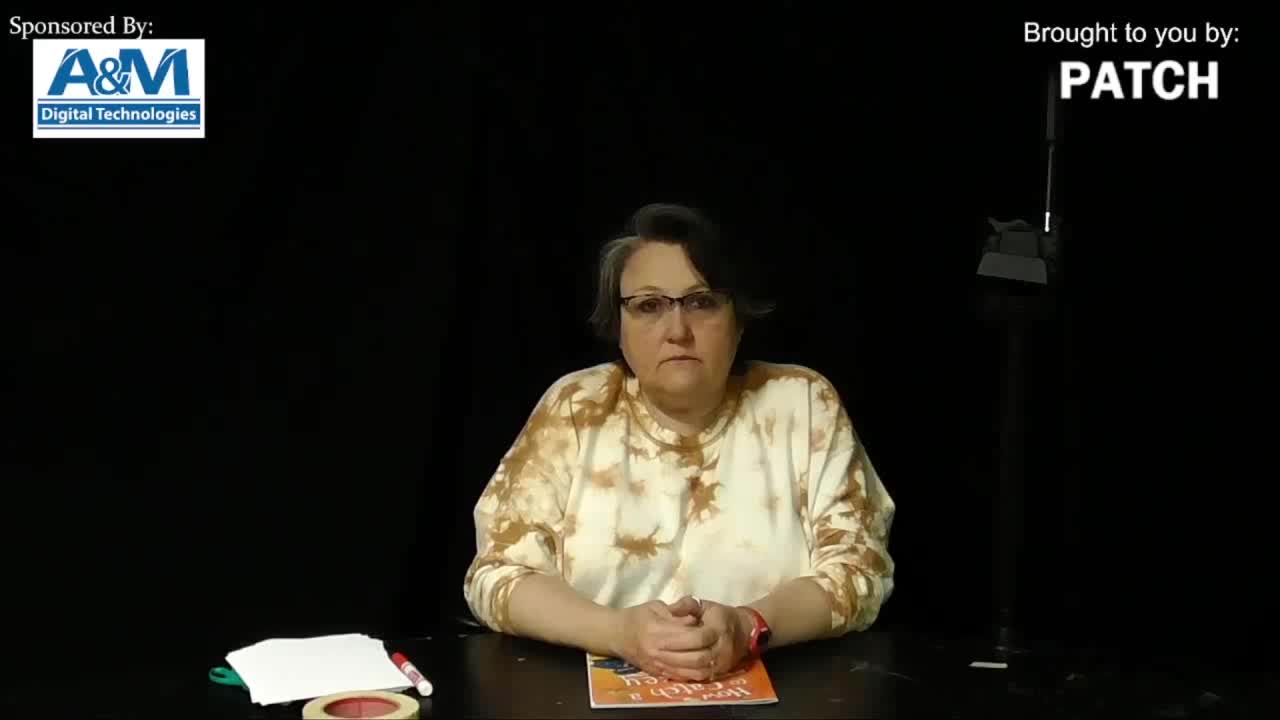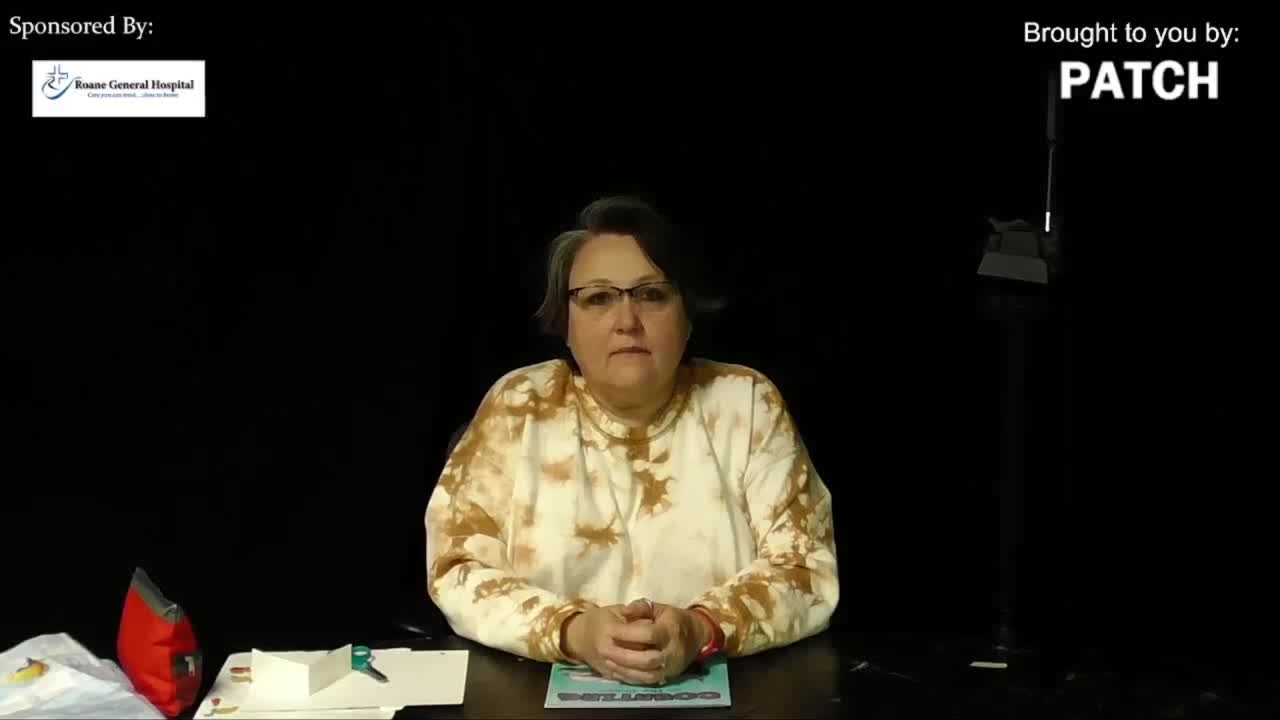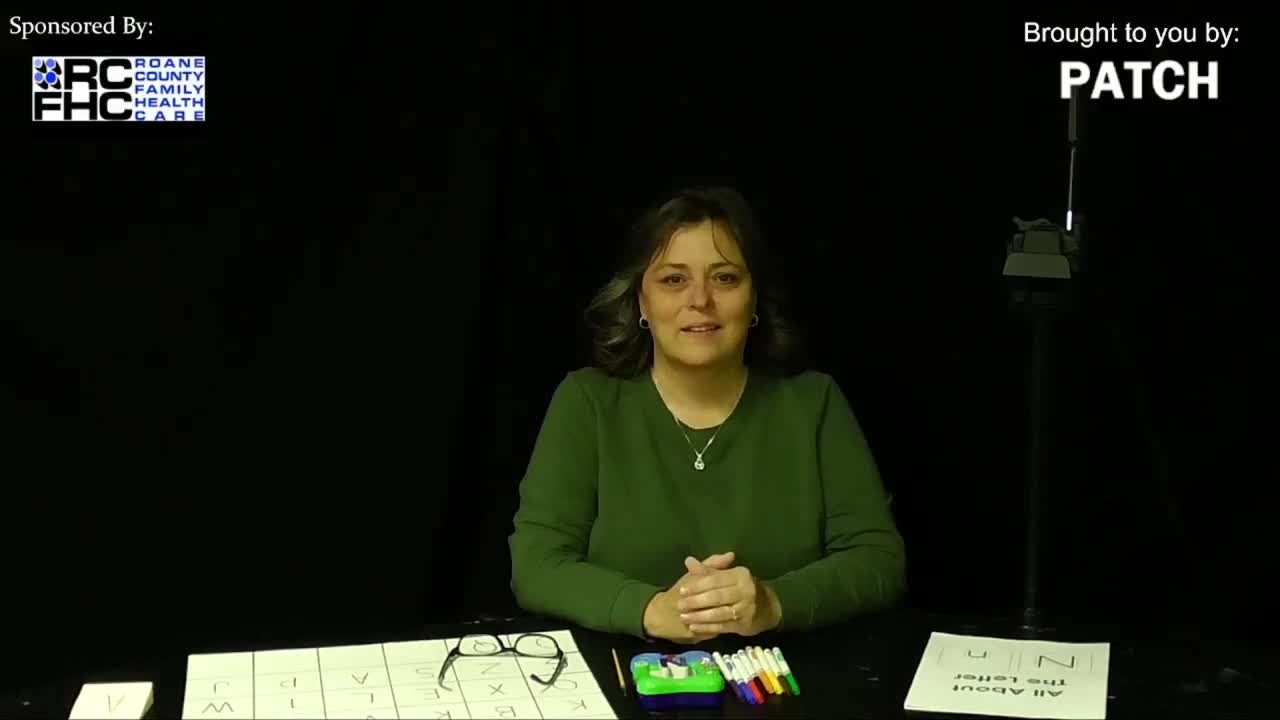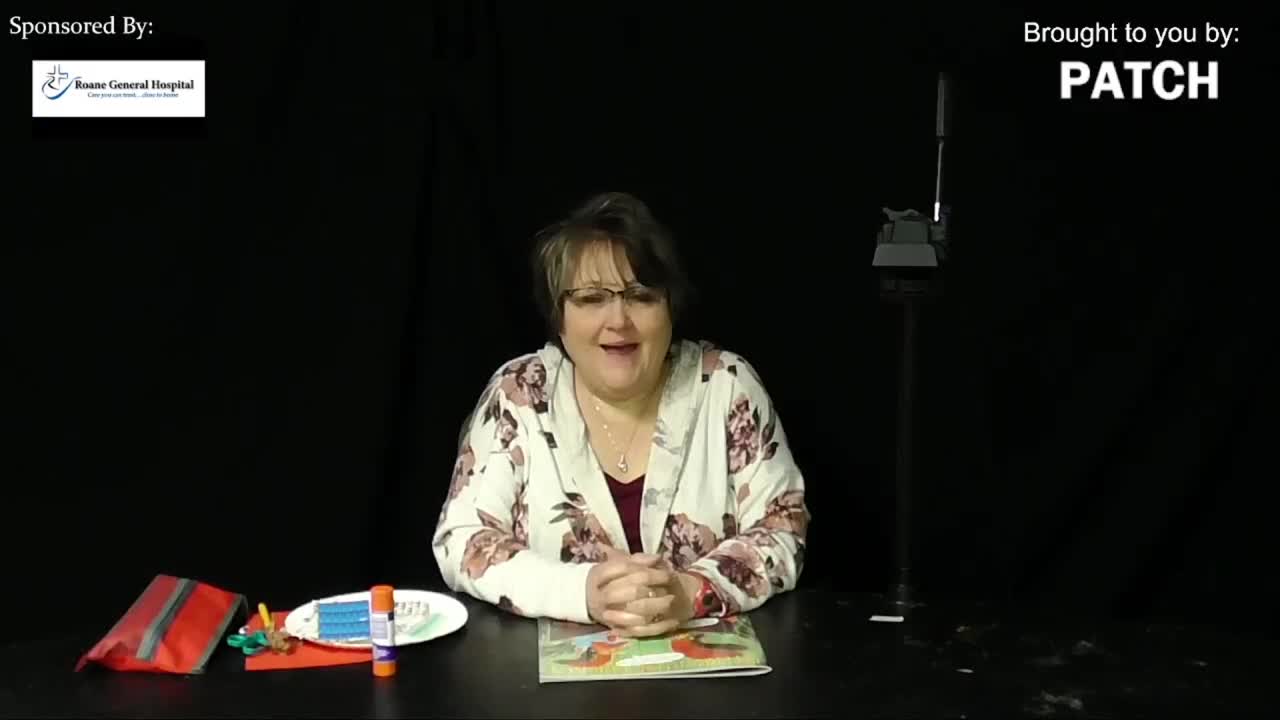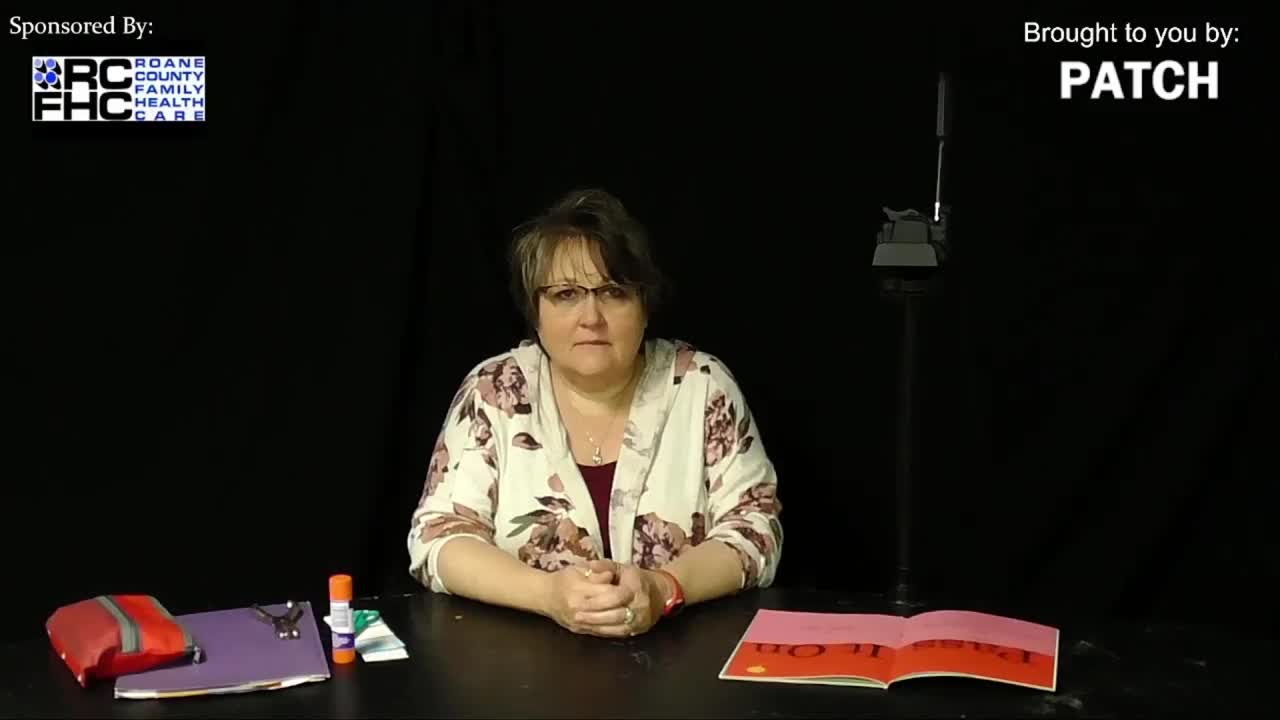The Poepentacular Five Elements of Story
Elementary / Language Arts / Reading
This video instructs the student on the five elements of story -- setting, character, conflict, plot, and theme -- in relation to The Raven by Edgar Allan Poe. Students should have already completed a study of the poem. This video is a fun supplement to a reading of the poem and can enhance lessons on elements of story.
Edgar Allan Poe is one of the most loved 19th century American authors. He was the master of the macabre and the murderous, and the mysteries and his work is still admired and celebrated today. For the most part, Poe lived an unhappy life and his battle with depression and madness shows up in his writing.
Poe?s father left his family and Poe?s mother, an actress named Elizabeth Poe, died young when he was only three. He was sent to live with John and Frances Allan, a wealthy couple in Richmond, Virginia. He loved Frances like his own mother and was devastated when she too died when he was a young man. Later in his life, he married a young cousin named Virginia Clemm. This was probably the happiest time of Poe?s life, but Virginia soon succumbed to sickness and died leaving Poe alone and distraught.
The deaths of the important women in his life led him down the path of loneliness and depression filling his life with darkness. Poe?s love and admiration for them show up in much of his work. Perhaps most famously in the poems Annabel Lee and The Raven.
As a class we have read The Raven so let us ponder the five elements of story in poem. We know that the five elements of story are setting, character, conflict, plot, and theme. Setting can be a time or place. We know that the setting in the poem is a dreary winter night at midnight in the narrator?s chamber or library. The narrator relates this right away in the first two stanzas.
Stanza one tells us the time of day ? ?Once upon a midnight dreary? - and also the location ? ?While I nodded, nearly napping, suddenly there came a tapping. As of someone gently rapping, rapping at my chamber door.? We know the narrator is sitting in his bedroom or library falling asleep and the hour is late.
Stanza two tells us the time of year ? bleak December. Knowing this added details enhances the dreariness and loneliness the narrator is feeling.
Character can be a person or thing. In the first two stanzas, we are introduced to two of our characters ? the narrator and Lenore. We meet a third character, a monosyllabic raven, around stanza seven. While investigating the tapping, our narrator, hoping to find Lenore opens the window and in there stepped a stately raven of the saintly days of yore. The raven hasn?t much to say only replying with the phrase, ?Nevermore,? to any of the narrator?s inquiries.
Conflict is the problem in the story. As it turns out, our grieving lover has a couple of problems. He has lost his beloved Lenore and is grieving alone with only his volumes of forgotten lore to comfort him. He is soon visited by a ghastly, grim, and ancient raven with a disturbing message. To every question put to him, the raven only replies ?Nevermore,? eventually angering our narrator causing him to call the bird devil, and thing of evil, and a liar.
Plot is what happens in the story. In a nutshell we have a man who is grieving his lost love Lenore on a dark winter?s night. He is distracted by knocking in his chamber door. He hopes it is his lost Lenore but, he is surprised knocking is coming from the window, and it is a large talking raven. The raven barges in and lights above the door responding to the man?s inquiries with only one word ? Nevermore. At first, the man is intrigued but he soon becomes agitated and succumbs to madness.
Lastly, we have theme. Many times, theme can be conveyed in just one word. Here our theme could be grief, supernatural, loss, lost love, madness, or sadness. It can also be a moral or a life lesson from the author. In The Raven, the theme could be grief can overcome you if you allow it, or losing the love of your life can lead to madness, or don?t let talking ravens in your library.
?And the Raven, never flitting, still is sitting, still is sitting
On the pallid bust of Pallas just above my chamber door
And his eyes have all the seeming of a demon's that is dreaming
And the lamp-light o'er him streaming throws his shadow on the floor
And my soul from out that shadow that lies floating on the floor
Shall be lifted nevermore?
Poe?s father left his family and Poe?s mother, an actress named Elizabeth Poe, died young when he was only three. He was sent to live with John and Frances Allan, a wealthy couple in Richmond, Virginia. He loved Frances like his own mother and was devastated when she too died when he was a young man. Later in his life, he married a young cousin named Virginia Clemm. This was probably the happiest time of Poe?s life, but Virginia soon succumbed to sickness and died leaving Poe alone and distraught.
The deaths of the important women in his life led him down the path of loneliness and depression filling his life with darkness. Poe?s love and admiration for them show up in much of his work. Perhaps most famously in the poems Annabel Lee and The Raven.
As a class we have read The Raven so let us ponder the five elements of story in poem. We know that the five elements of story are setting, character, conflict, plot, and theme. Setting can be a time or place. We know that the setting in the poem is a dreary winter night at midnight in the narrator?s chamber or library. The narrator relates this right away in the first two stanzas.
Stanza one tells us the time of day ? ?Once upon a midnight dreary? - and also the location ? ?While I nodded, nearly napping, suddenly there came a tapping. As of someone gently rapping, rapping at my chamber door.? We know the narrator is sitting in his bedroom or library falling asleep and the hour is late.
Stanza two tells us the time of year ? bleak December. Knowing this added details enhances the dreariness and loneliness the narrator is feeling.
Character can be a person or thing. In the first two stanzas, we are introduced to two of our characters ? the narrator and Lenore. We meet a third character, a monosyllabic raven, around stanza seven. While investigating the tapping, our narrator, hoping to find Lenore opens the window and in there stepped a stately raven of the saintly days of yore. The raven hasn?t much to say only replying with the phrase, ?Nevermore,? to any of the narrator?s inquiries.
Conflict is the problem in the story. As it turns out, our grieving lover has a couple of problems. He has lost his beloved Lenore and is grieving alone with only his volumes of forgotten lore to comfort him. He is soon visited by a ghastly, grim, and ancient raven with a disturbing message. To every question put to him, the raven only replies ?Nevermore,? eventually angering our narrator causing him to call the bird devil, and thing of evil, and a liar.
Plot is what happens in the story. In a nutshell we have a man who is grieving his lost love Lenore on a dark winter?s night. He is distracted by knocking in his chamber door. He hopes it is his lost Lenore but, he is surprised knocking is coming from the window, and it is a large talking raven. The raven barges in and lights above the door responding to the man?s inquiries with only one word ? Nevermore. At first, the man is intrigued but he soon becomes agitated and succumbs to madness.
Lastly, we have theme. Many times, theme can be conveyed in just one word. Here our theme could be grief, supernatural, loss, lost love, madness, or sadness. It can also be a moral or a life lesson from the author. In The Raven, the theme could be grief can overcome you if you allow it, or losing the love of your life can lead to madness, or don?t let talking ravens in your library.
?And the Raven, never flitting, still is sitting, still is sitting
On the pallid bust of Pallas just above my chamber door
And his eyes have all the seeming of a demon's that is dreaming
And the lamp-light o'er him streaming throws his shadow on the floor
And my soul from out that shadow that lies floating on the floor
Shall be lifted nevermore?






